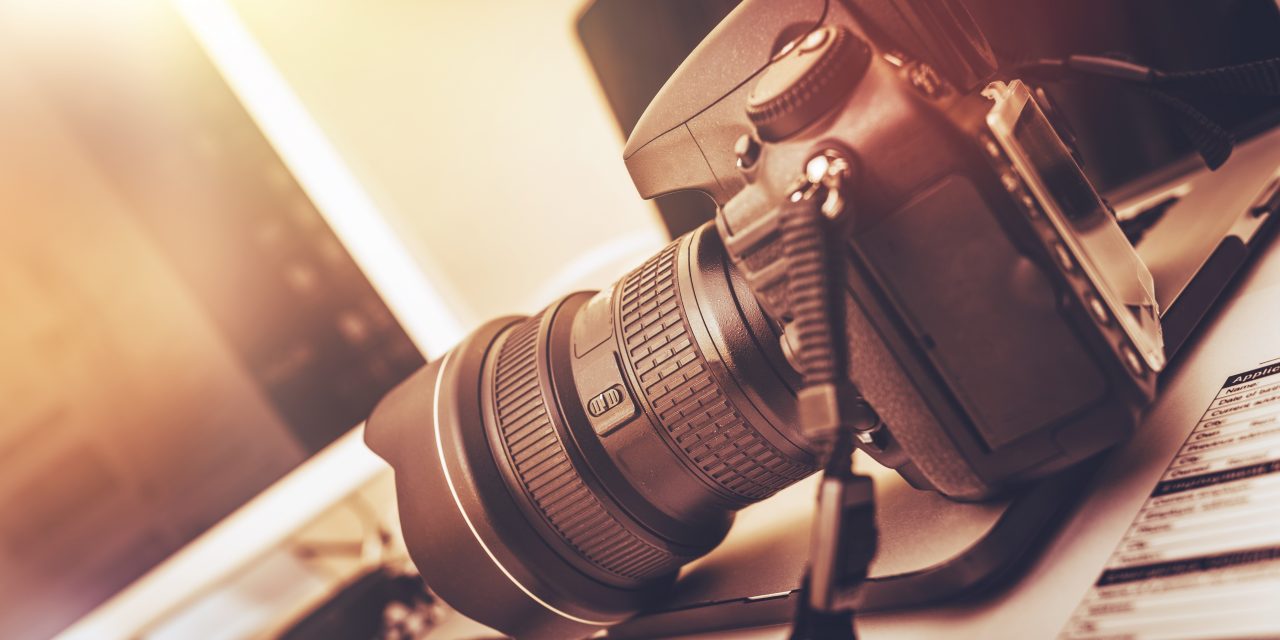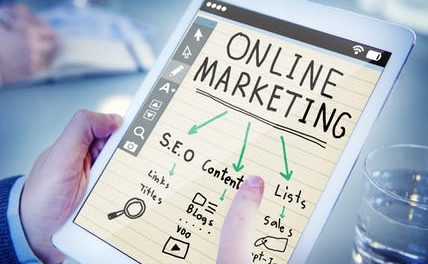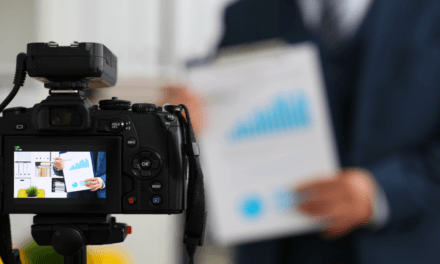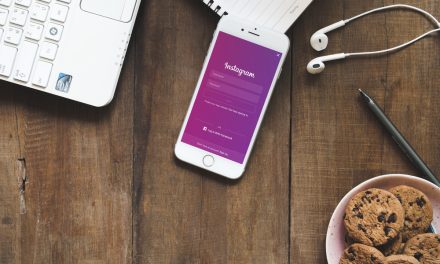An effective 21st-century real estate agent needs to have a video marketing strategy in place if they want to expand their network and target a wide range of buyers and sellers in their area.
A big part of the video marketing strategy is to ensure that you are using the right equipment and software in order to create the most compelling videos.
Whenever you are creating a video for your real estate business you should always:
- Be Professional
- Be YOU
3 Key Elements Of A Successful Real Estate Video
- Good Camera – You do NOT need to shoot your videos with an high-end DSLR camera and use a professional software to edit it. If you can, that’s great. However, start small and cheap, and then treat yourself to better equipment as you improve your video skills. Nevertheless, you do need a good camera, and some dumb phones and old school cameras just won’t make you look professional in 2017. We will cover more about cameras in this post.
- Good Sound – Arguably the most important element to consider especially if it involves a lot of narration is to make sure that the sound is absolutely clear in your video. The viewer should never have difficulty in hearing what you are saying. If you do a lot of speech-based videos (ie podcasts or interviews), you need to invest in good microphones.
- Branding Your Videos – Last but not the least, you are making these videos so that you can eventually get more business and build your brand online. So, you need to make sure that all of your videos are branded with an intro and a conclusion. You should also try to get a watermark throughout the video with a relevant call-to-action that brings viewers to your website or landing page.
Best Camera Equipment For Real Estate Professionals
BEST: iPhone 6/6S/7/7+
Notable: Google Nexus, LG G5, HTC 10, Samsung Galaxy S7
The iPhone 7+ is built with a high-power dual camera that can take gorgeous pictures and videos. Furthermore, there are a bunch of iOS apps that enhance the camera functionality of the iPhone 7+ allowing you to use a DSLR like blur effect with intelligent software rendering.
The real time stabilization allows you to get rid of shakiness, which is quite useful when you are doing an open house (virtual) tour or interview.
Finally, with the help of the iPhone you can instantly upload your videos on Facebook, YouTube and Instagram.
Cost: Free (if you have an iPhone), $1000 (phone + camera solution).
Best Uses: Real Estate Pictures, Live Videos, Interactive Open Houses.
Canon Vixia HF G20 Camcorder
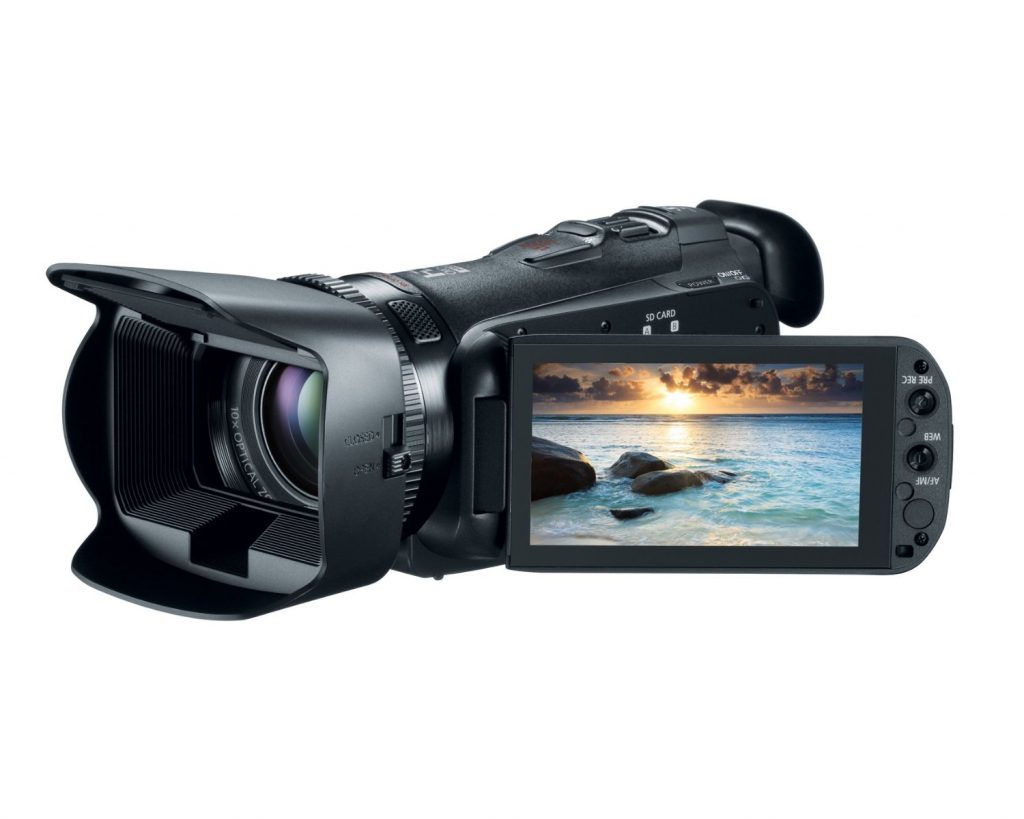 One of the most popular camcorders used by a lot of professional YouTubers. The Vixia HF G20 offers crisp clear videography and is the perfect solution for doing real estate shows, detailed home listing videos and neighborhood updates.
One of the most popular camcorders used by a lot of professional YouTubers. The Vixia HF G20 offers crisp clear videography and is the perfect solution for doing real estate shows, detailed home listing videos and neighborhood updates.
The Vixia HF G20 is extremely easy to use with a fully featured touch panel display and support for SD cards.
The only drawback with this camcorder is that it’s quite big and you need a carrying kit to take it wherever you go.
Cost: $500
Best Uses: Long Videos and YouTube Shows (up to 2 hours of continuous recording).
Nikkon D3500
One of the best entry level DSLR Cameras capable of shooting gorgeous pictures and videos that looks truly professional.
The Nikkon D5300 (what we use) is really easy to use and it has a handy auto mode that literally takes care of all the camera functionalities so that you can take the best possible photo and video.
The camera comes with 18-55mm lens which is capable of creating some stunning videos where it’s crystal clear on the main subject (ie you) and blurry on the rest. The High ISO setting inside this camera is also perfect for capturing crisp footage in low light.
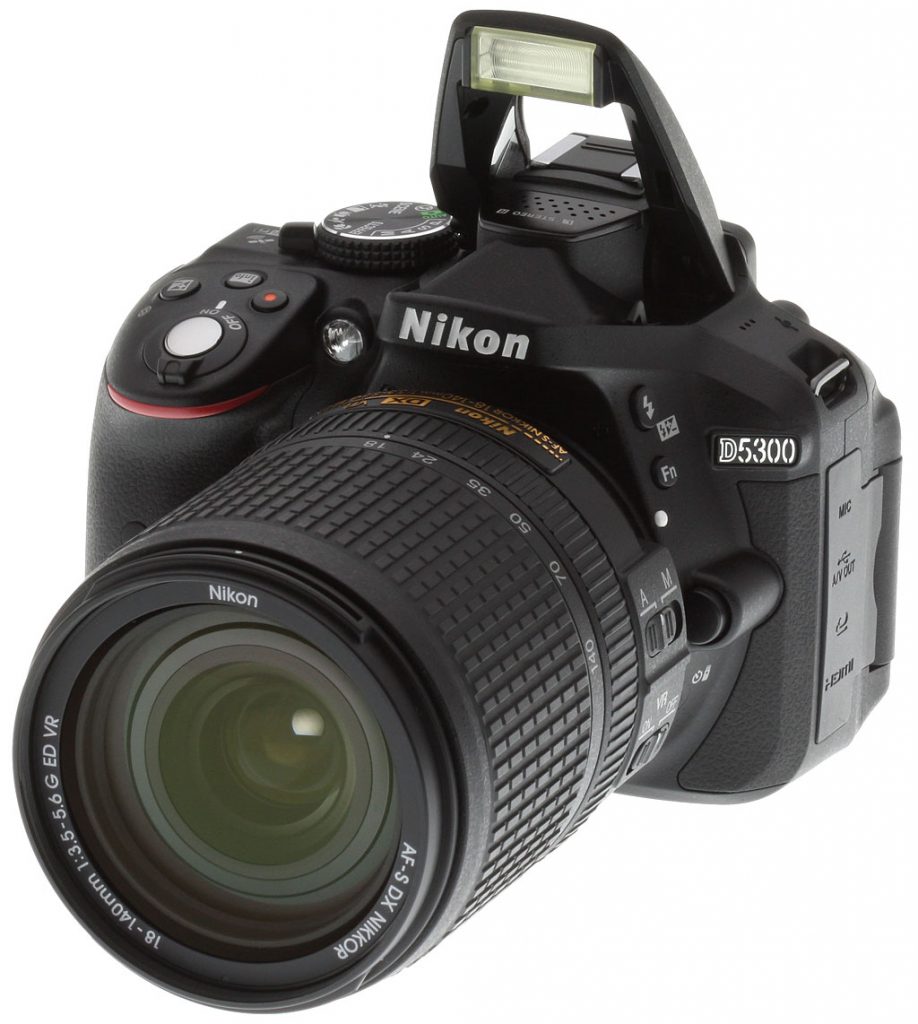
If you are a real estate professional who wants to take your videos to the next level this is the camera that you should buy.
The only drawback with the Nikkon 5300 is that you cannot shoot more than 10-15 minutes of footage at once, so we don’t recommend this for doing interviews or longer-format YouTube shows.
Also, it’s really complicated to setup DSLR cameras to do live streaming, so for most realtors, just don’t bother. Now, if you REALLY want to know how to do this because you are ACTUALLY going to do it, and are ready to INVEST money to do this, contact us and we can give you the run-down on what to do.
Cost: $800 (approx)
Best Uses: Professional level photos and videos. Open Houses. Listing Tours and other Short HD Videos.
What Accessories Should You Get
Tripods
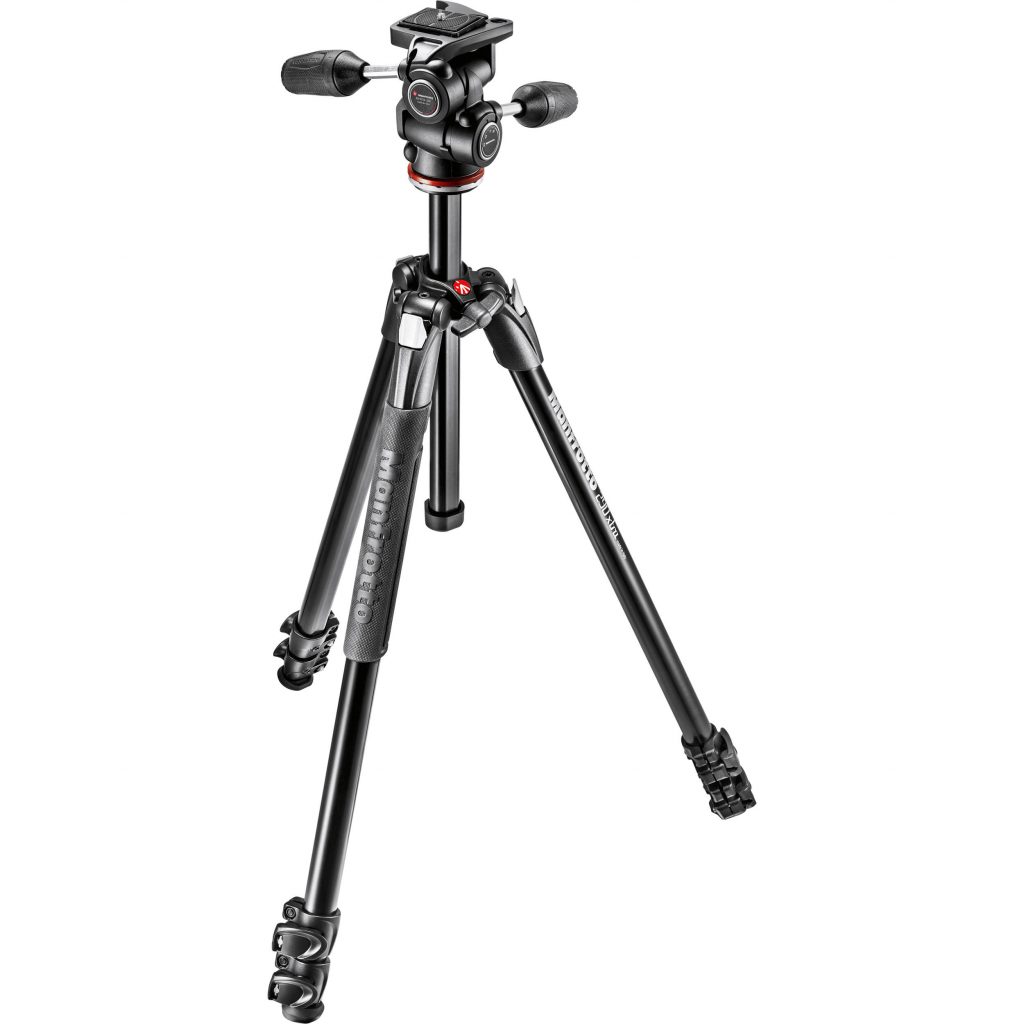 The tripod is essential to help you shoot stable video that people like to watch. It also keeps your hands-free.
The tripod is essential to help you shoot stable video that people like to watch. It also keeps your hands-free.
Step 1 – Figure out your height requirements for the tripod. Are you wanting a tripod to go on a table? Or do you need a tripod that can put the camera high enough to be at your eyesight when you’re standing?
Step 2 – Make sure the tripod is aligned with your Camera. There are different tripods and attachments for iPhones and Smart Phones, iPads and Tablets, DSLRs Cameras, and Camcorders. Don’t waste money by buying the wrong one!
Best Tripods
- For Table Tops: Joby Gorilla Pod Hybrid
- For DSLR Cameras: Manfrotto MK 190X3-2W Aluminium Tripod
- Best entry level tripod: Ravelli APLT4 61 inch tripod
Selfie Stick with Stabilizer
A selfie stick can be great for short videos and is totally needed for open houses and virtual tours where you’re walking and filming.
We use the DJI Osmo Mobile.
Lighting
If you are doing video inside a room, then it’s recommend you get lights, above and beyond the regular room lights. What’s also important to note is that the standing lights that are good for photography, are not good for video. Photo-centric lights have less light bulbs than video-centric lights. Therefore, if you’re getting lights for video, buy ones with 4+ light bulbs per light.
Parkbench uses these CanadianStudio Video Lights
Conclusion
A bit part of choosing the right video equipment comes down to the following fact:
- What is your budget
- How much time are you willing to spend on video marketing
- How tech savvy are you
Remember, most of the successful real estate professionals or YouTube personalities started with a very low budget video equipment and built up from there.
So if you’re going to suck first at video, because everyone does, why do it with an awesome camera? 🙂
Then get good and reward yourself with the nice equipment we mentioned here.
Happy Filming!
